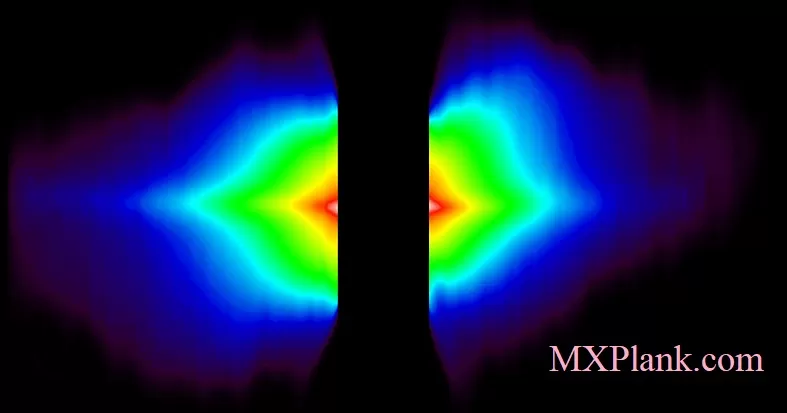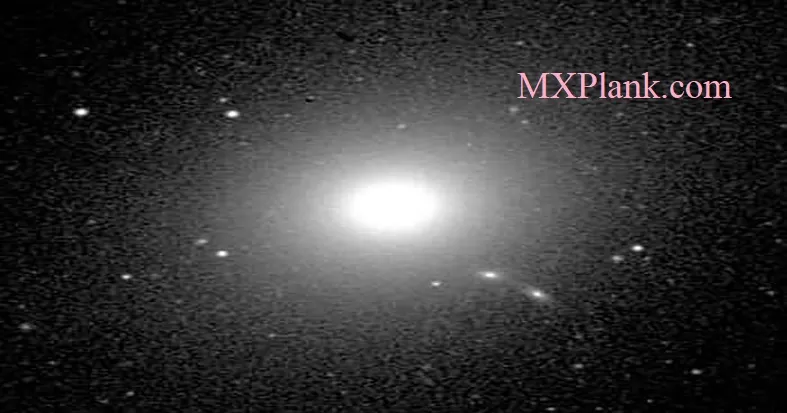Wasp-39B and its parent star

A team of British and American astronomers used data from several telescopes on the ground and in space - among them the NASA/ESA Hubble Space Telescope - to study the atmosphere of the hot, bloated, Saturn-mass exoplanet WASP-39b, about 700 light-years from Earth. The analysis of the spectrum showed a large amount of water in the exoplanet's atmosphere - three times more than in Saturn's atmosphere.
WASP-39b is eight times closer to its parent star, WASP-39, than Mercury is to the Sun and it takes only four days to complete an orbit.
WASP-39b is a "hot Jupiter" extrasolar planet discovered in February 2011 by the WASP project, notable for containing a substantial amount of water in its atmosphere. WASP-39b is in the Virgo constellation, and is about 700 light-years from Earth.
As part of the NameExoWorlds campaigns at the 100th anniversary of the IAU, the planet was named Bocaprins, by Aruba. The planet is named after the beach Boca Prins in the Arikok National Park. The star WASP-39 was named Malmok.
WASP-39b has a mass of about 0.28 times that of Jupiter and a radius about 1.27 times that of Jupiter. The exoplanet orbits WASP-39, its host star, every 4 days. Hot water molecules were found in the atmosphere of WASP-39b in a 2018 study.
WASP-39b is also notable for having an extremely low density, near that of WASP-17b. While WASP-17b has a density of 0.13±0.06 g/cm3, WASP-39b has a slightly higher density of 0.18±0.04 g/cm3.
Credit:
NASA, ESA, and G. Bacon (STScI)






